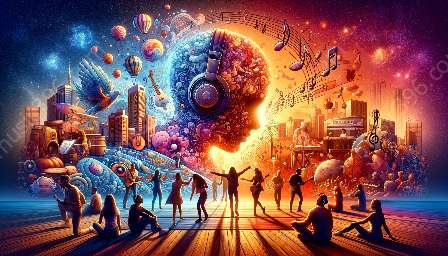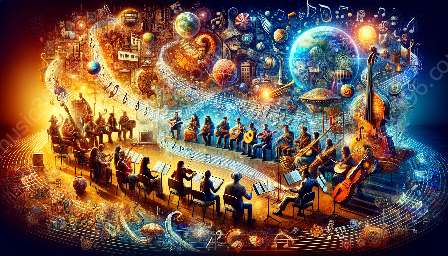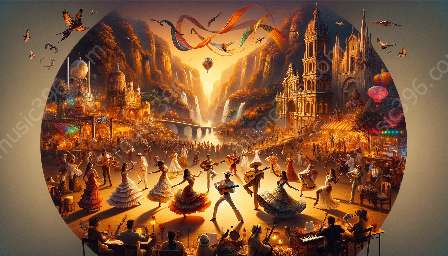Gender and sexuality have been significant themes in popular music and youth culture, shaping societal attitudes and sparking societal conversations. This topic explores the role of music in reflecting and influencing views on gender and sexuality, and its impact on youth culture.
Historical Perspective
The portrayal of gender and sexuality in popular music has evolved over time, mirroring changing societal norms and challenging traditional constructs. From the androgynous rock stars of the 1970s to the emergence of queer and non-binary artists in the 21st century, music has been a powerful platform for expressing diverse gender identities and sexual orientations.
Music as a Mirror of Society
Popular music often serves as a reflection of the prevailing cultural attitudes towards gender and sexuality. Lyrics, imagery, and performances can reinforce stereotypes or challenge norms, influencing the way young people perceive themselves and others. The depiction of masculinity, femininity, and the spectrum of sexual identities in music often shapes youth culture and fosters discussions about societal expectations.
Empowerment and Representation
Music has played a pivotal role in providing a voice for marginalized communities, offering representation and empowerment to individuals who may not see themselves reflected in mainstream media. From anthems of female empowerment to songs that celebrate LGBTQ+ pride, popular music has become a platform for artists to share narratives that resonate with diverse audiences and contribute to the broader discourse on gender and sexuality.
Impact on Youth Culture
The influence of popular music on youth culture cannot be understated. Young people often turn to music as a means of self-expression, seeking validation and connection through songs that address their experiences and struggles. As such, the representation of gender and sexuality in music can significantly impact the psychological and emotional well-being of young audiences, shaping their perceptions of themselves and others.
Exploring Intersectionality
It is essential to recognize the intersectionality of gender, sexuality, and other social identities in popular music. Artists from different cultural backgrounds bring unique perspectives to the forefront, enriching the music landscape with diverse stories and experiences. This inclusivity contributes to a more comprehensive understanding of gender and sexuality within the broader context of culture and society.
Challenges and Controversies
The exploration of gender and sexuality in popular music has not been without its controversies. Misogyny, homophobia, and transphobia have been persistent issues within the industry, prompting discussions about accountability and representation. Addressing these challenges is vital to creating an inclusive and empowering environment for all individuals within youth culture.
Empowering Positive Change
While popular music has the potential to perpetuate harmful stereotypes, it also serves as a platform for advocacy and positive change. Artists and activists use their music to challenge societal norms, advocate for equality and celebrate the diversity of gender and sexual identities. By promoting messages of acceptance and inclusivity, music can inspire positive transformations within youth culture.






















